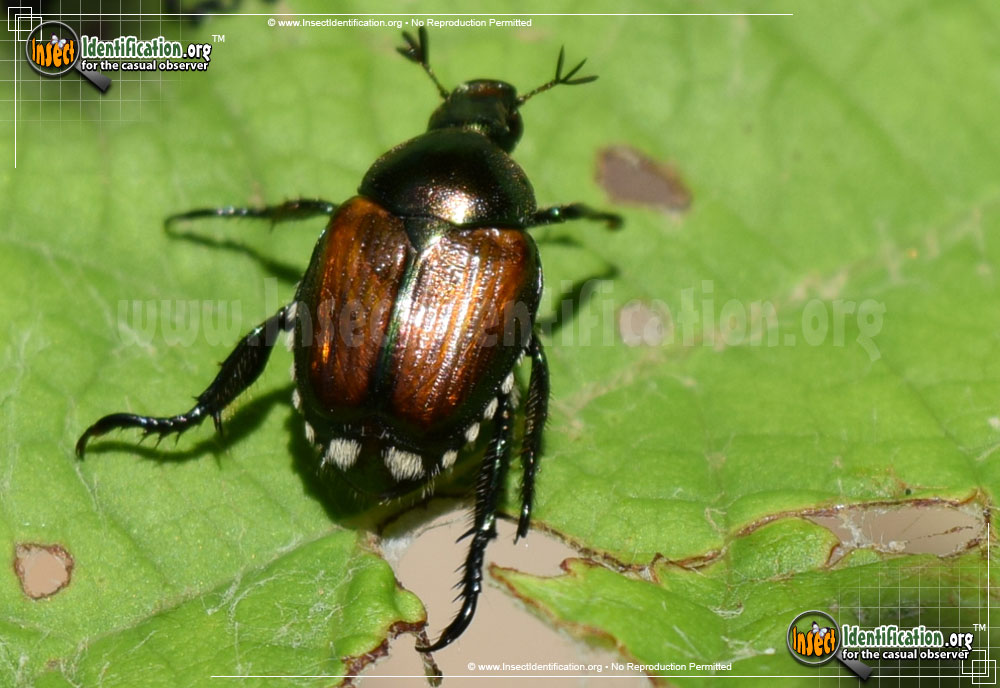japanese beetle life cycle wisconsin
To learn more about the Japanese beetle visit Wisconsin Horticulture. The adults emerge in mid-summer and especially like the hotter temperatures.

Japanese Beetles 100 Years And Counting Insect Diagnostic Lab
Damage will appear in later.

. A small amount of feeding is done in spring and grubs pupate in May and early June. Life Cycle Lay eggs in grass roots in July Larvae emerge in July and eat plants flowers and trees. Beetles must be on the outside of the ear to be killed by contact insecticides.
Japanese beetles typically show up in early July and by the number of phone calls and e-mails to the office it appears we have a bumper crop this year. An In-Depth Look at a Top Yard Garden Pest. Japanese beetles have only one generation per year.
Adult beetles are most active in the afternoon in full-sun. CALS works with local communities through the UniverCity Year program. Adults typically begin to emerge in late June or early July around 1000 growing degree days see University of Wisconsin Garden Facts XHT1086 Degree Day Calculation and can be found into September.
Adults typically begin to emerge in late June or early July around 1000 growing degree days see University of Wisconsin Garden Facts XHT1086 Degree Day Calculation and can be found into September. A Wisconsin Idea win-win. The history of this insect and its biology and life cycle will be discussed as well as management approaches to help protect plants in your own yard and.
They have great details regarding life cycle control trapping and removing this pest from your gardens. Typically Japanese beetles begin to emerge in late June and early July in WI with peak activity for six to eight weeks. Orkin Termite Treatment Pest Control Exterminator Service.
We havent had this pest in Wisconsin long enough to fully understand the local life cycle but given the pattern in other states this insect will most likely complete one generation per year with adult presence and feeding damage occurring during the summer from late June through August. The first beetles out of the ground seek out suitable food plants and begin to feed immediately. The egg larva and pupa life cycle stages develop underground and unless soil is removed or dug into these life stages will not be seen.
The secret to controlling japanese beetles is to target them before they emerge. Soybeans across the southern half of the state are showing 2-18 of plants with light to moderate leaf injury by a combination of Japanese beetles bean leaf. Observing Japanese beetles feeding on plants is quite common since the adult beetle feeds on about 300 species of trees shrubs ornamental and fruit trees in addition to vegetable crops.
Adult beetles are active during the daytime and can fly an average of 1 to 2 miles. All MayJune beetles in Wisconsin have three-year life cycles except for the widely distributed Phyllophaga tristis which has a two-year life cycle. Phil Pellitteri UW Insect Diagnostic Lab.
Japanese beetles have only one generation per year. The damaging life stage of the japanese beetle life cycle is when the white grub is a larvae. You can identify Japanese beetles by their metallic green bodies and bronze wings.
This fact sheet on the Japanese beetle considered the single most important turf grass pest in the United States but also very destructive to various plants in the home and commercial garden covers the insects life cycle the damage it causes and the methods of control that are effective against it 3 pages. The WI DNR also has a link for reporting invasive sightings. Japanese beetles have only one generation per year.
TitlesPhil Pellitteri on Japanese beetle 2012 Japanese beetles remain frustrating. Adult beetles are most active on warm sunny afternoons. Adult beetles are most active on warm sunny afternoons.
Adults emerge in late May and early June and are active in the evening hours. Eggs are laid in grassy areas and hatch into grubs that begin feeding in late summer. View Japanese Beetle Video here.
The immature stage of the Japanese beetle the white grub typically has a three year life cycle. Japanese beetle life cycle starts as an egg that hatches into a white grub then pupates and emerges as a shiny adult beetle. To learn more about non-native insects you can visit Wisconsin Department of Natural Resources.
Damage- The c- shaped grubs feed on the roots of grasses. Just about the time the rose chafer numbers are declining due to their life cycle the Japanese beetles show up in force this past mild winter allowed higher numbers of insects than usual to make it through to this year. Treatment and Prevention Can be treated with systemic or topical insecticides Plant resistant shrubs and plants Do.
The female beetles prefer to lay eggs in the soil of lawns and other turfgrass areas. Larvae that have matured by June pupate and the adult beetles emerge from the last week of June through July. During their summer feeding frenzy the female Japanese beetles are also tunneling into the ground to lay their eggs which will hatch during mid-summer.
Females leave ornamental plants where they. Life cycle Adults appear in late June and are active until early September. The developing beetles spend the next 10 months in the soil as white grubs.
Japanese beetle life cycle wisconsin. This is when grubs are present in the top inch of the root zone heavily feeding on grass roots and thatch. Join us as we take an in-depth look at Japanese beetlesa major yard and garden pest in the Midwest.
Females leave plants in the afternoon burrow 2 to 3 inches into the soil in a suitable area and lay their eggs--a total of 40 to 60 during their life. Egg laying begins soon after the adults emerge from the ground and mate. On warm sunny days the new beetles crawl onto low growing plants and warm for a while before taking flight.
In mid-June as soon as they emerge adult females mate and begin laying eggs. However most of the damage to ornamentals and turf grass happens during the spring and fall the second year.

Japanese Beetle Wisconsin Vegetable Entomology

9 Scents That Japanese Beetles Hate And How To Use Them Pest Pointers

Information On Plants That Deter Japanese Beetles And Plants Japanese Beetles Avoid
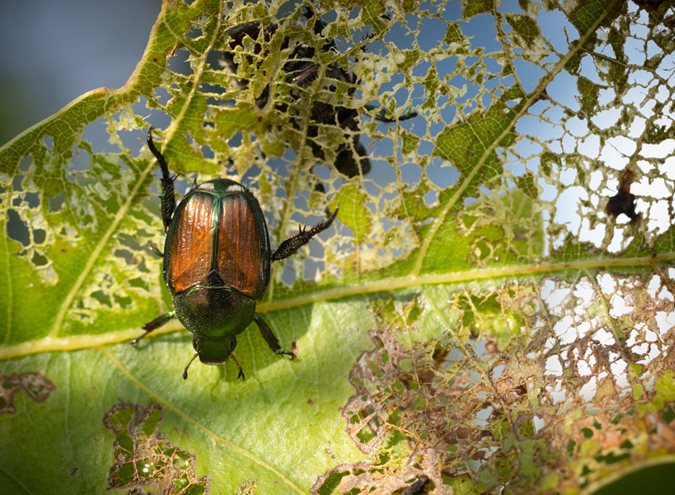
How To Get Rid Of Japanese Beetles Garden Design

Japanese Beetle Facts And Control

How To Prevent Japanese Beetles Lawn Care Blog Lawn Love

8 Facts You Should Know About Japanese Beetle Control Traps Grubs And Their Life Cycle

What Do June Bugs Eat Learn Their Diet Life Cycle And How To Stop Them

Viburnum Leaf Beetle Leaf Beetle Viburnum Viburnum Bush
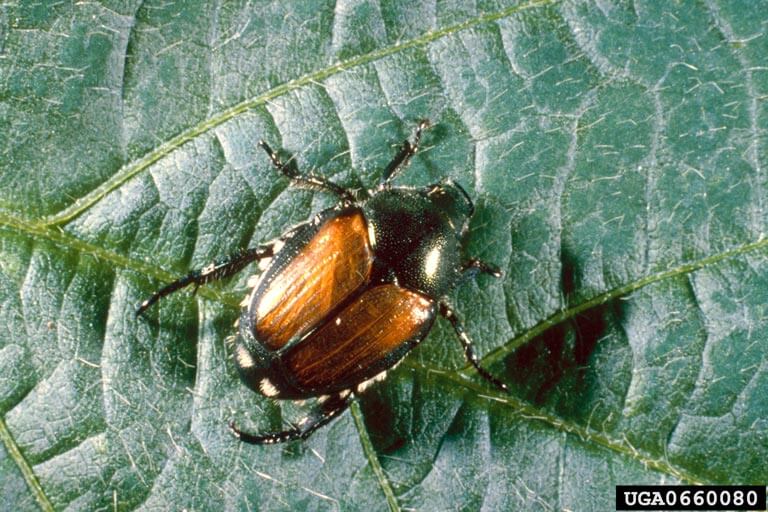
Japanese Beetle Soybean Pest Soybean Research Information Network Srin

How To Get Rid Of Japanese Beetles In Your Yard
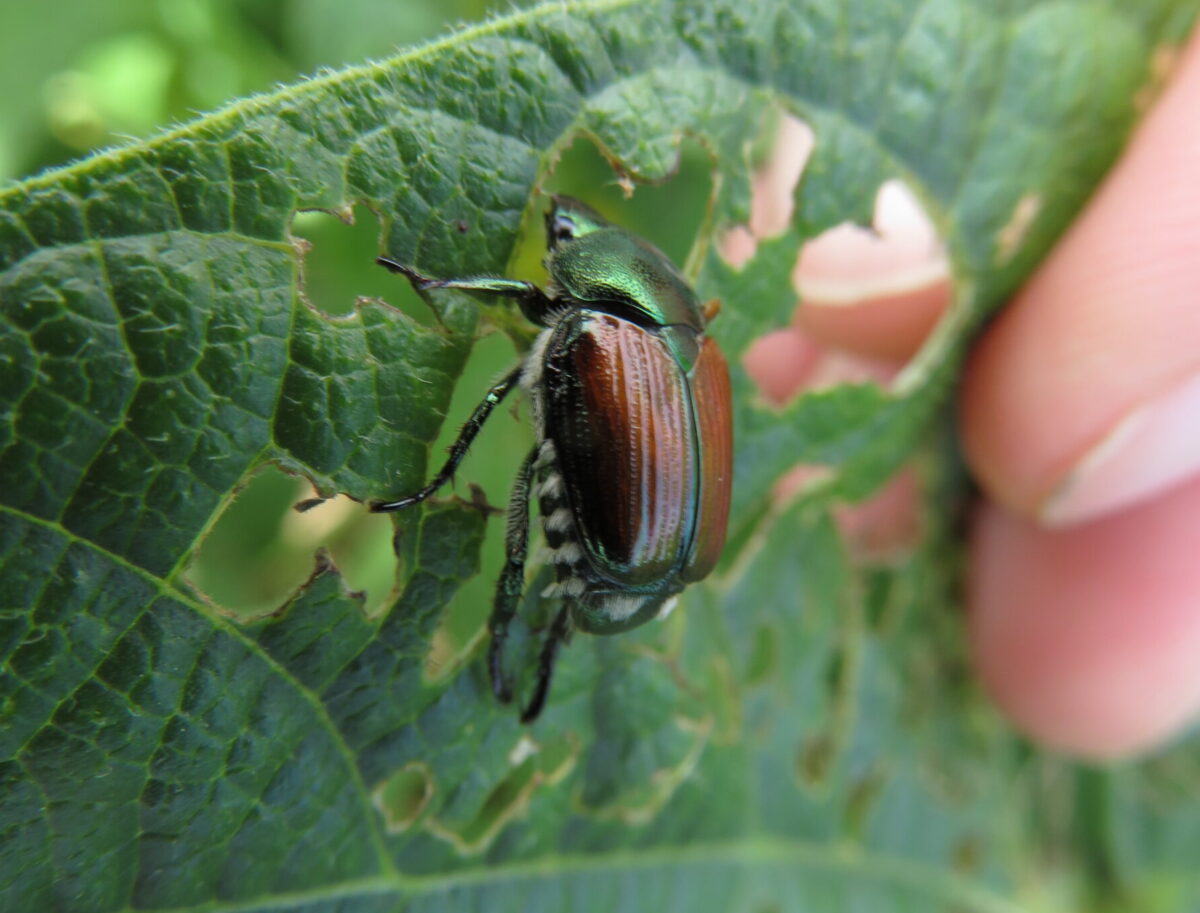
Japanese Beetle Dry Bean Agronomy
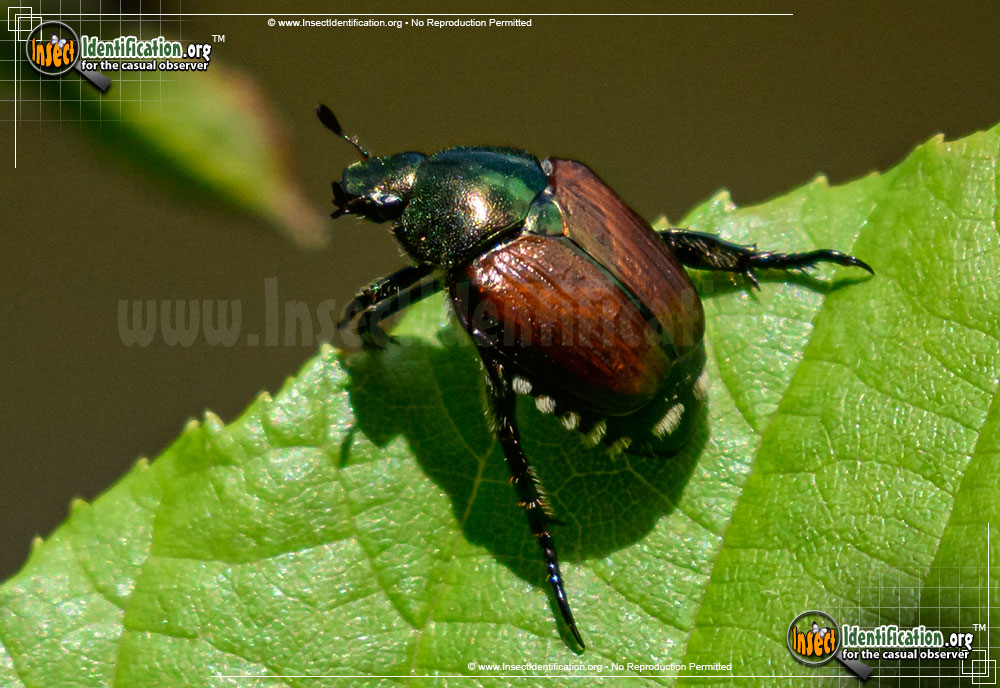
Japanese Beetle Popillia Japonica

Homoetelus Sp Pumayacu 043 Beetle Insect Bugs And Insects Weird Insects



